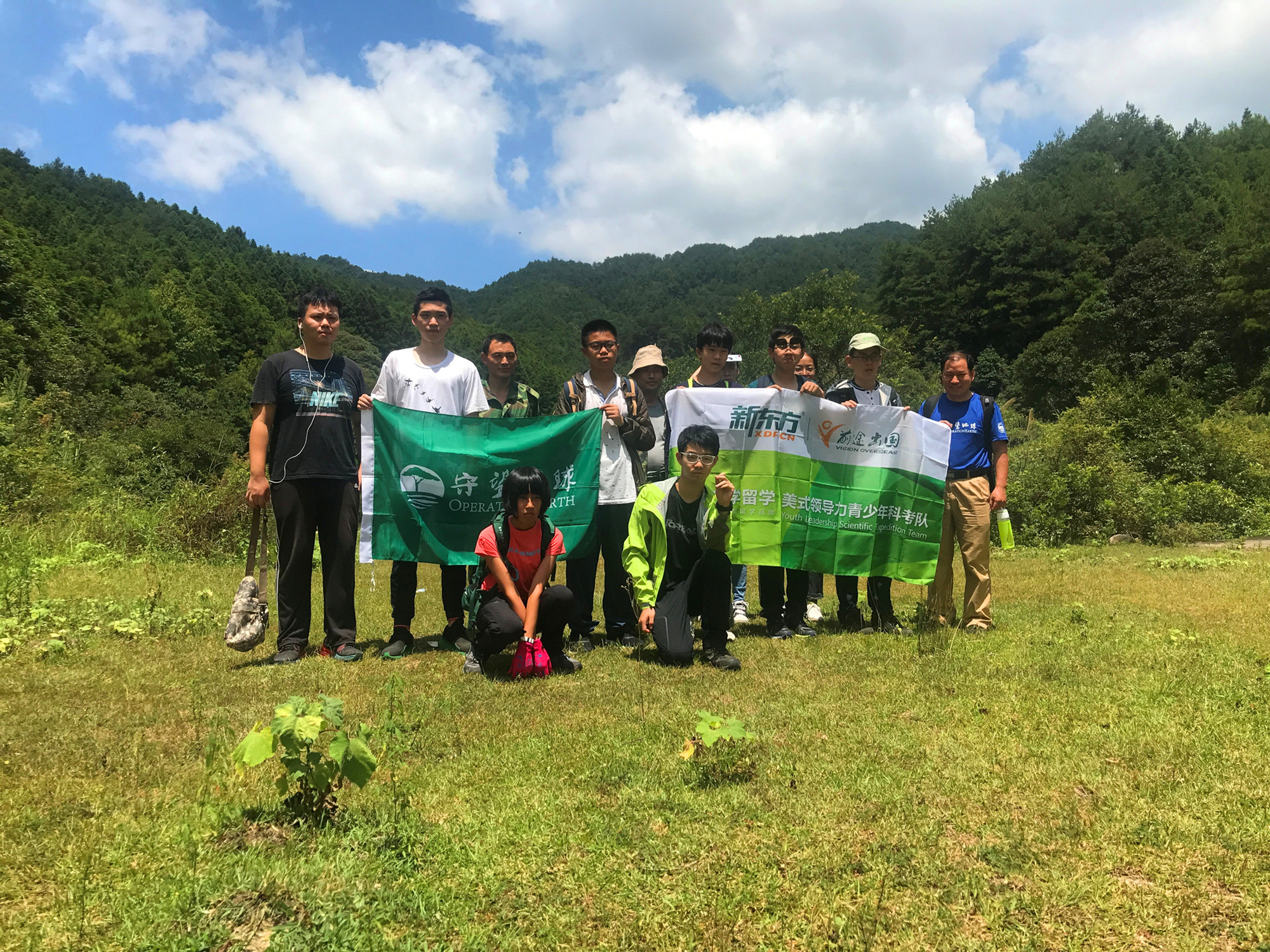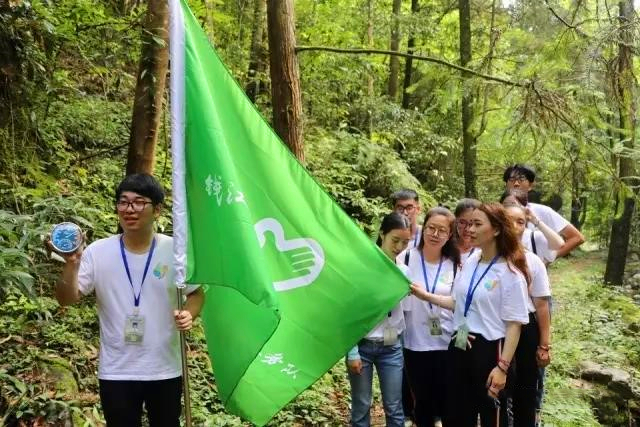


(1) Establishing ecological corridor to strengthen important habitats connectivity
The construction of ecological corridors strengthen the connectivity between different patches in the Park, and promote the diffusion of animals and gene exchange.
(2) Expanding effective habitat area by ecological restoration
The preparation of The Special Plan for Ecological Restoration has realized comprehensive evaluation of the vegetation status and identified the main areas that need ecological restoration in the Park.
(3) Reintroducing large carnivores for a complete food chain
In the future, reintroduction of large predators to reconstruct the integrity of the food chain will improve the ecosystem stability in the Park due to the increase or surplus of herbivores.
(4) Establishing compensation methods to promote ecological migration
The compensation policy for ecological migration actively encourages the residents living in scattered villages to move to towns or counties nearby and effectively enhances the effect of ecological protection.
(5) Conservation and community development coordination
The public participation mechanism has mobilized the enthusiasm of residents in the Park, and through information sharing, employment, etc, local residents' sense of belonging and honor has been cultivated.
The culture of the natural environment is respected in the Park, such as "kill pigs and ban fishing," "kill pigs and seal mountains," "Gutian Seedling Protection Festival," and other simple environmental protection concepts and custom cultures such as Fengshui forest, famous ancient trees and other traditional forms of protection.
The construction of the national park provides favorable conditions for community residents to develop the private economy and obtain business income.
At present, the education level of most community residents in the Park is not high, about 30% of them are in junior high school or below, so cultural education and employment management of residents need to be strengthened.